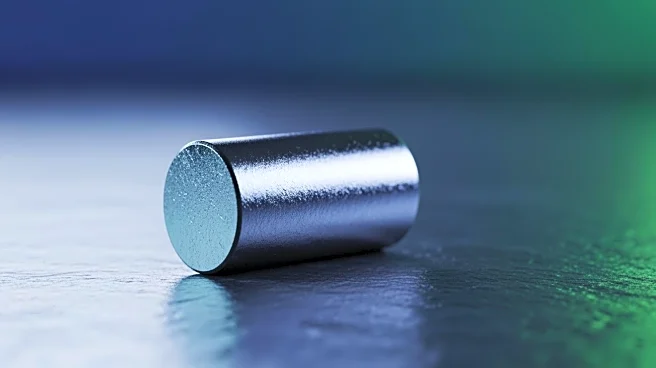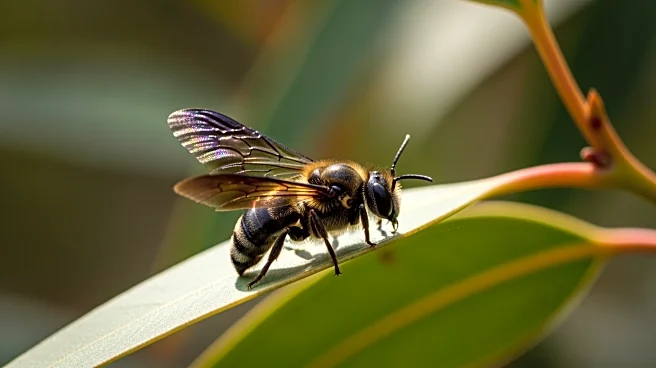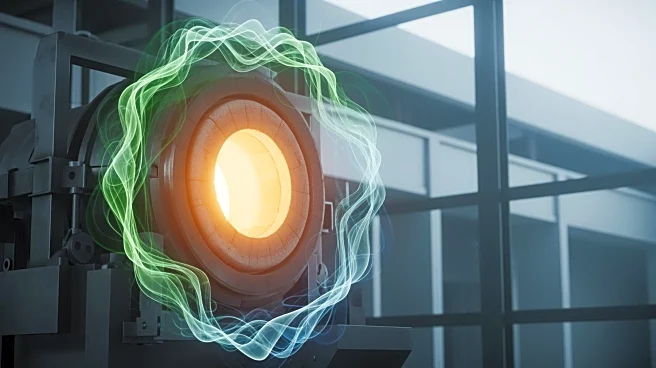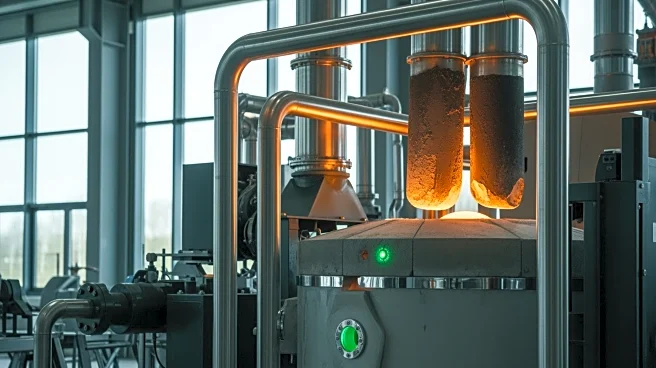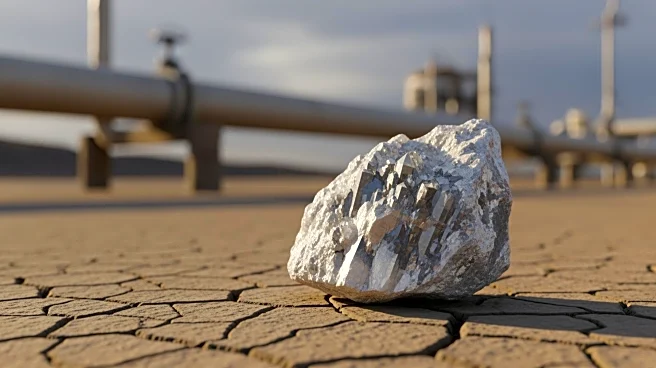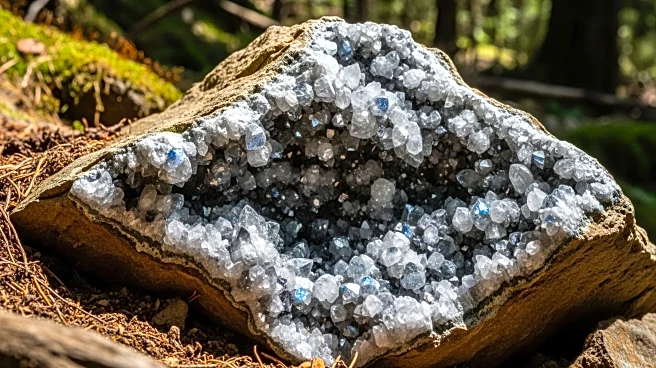What's Happening?
The Western Australian government has endorsed Rio Tinto's new pilot project aimed at producing low-emissions iron ore in Kwinana. Premier Roger Cook emphasized the project's significance in decarbonizing
the state's largest export and diversifying its economy. The initiative, in partnership with Calix, will utilize Zero Emissions Steel Technology to produce up to 30,000 tons per year of hydrogen direct reduced iron or hot briquetted iron. The project aligns with Western Australia's economic diversification and emissions reduction goals, supported by a $75 million investment from the state government and additional backing from the Australian Renewable Energy Agency.
Why It's Important?
This pilot project represents a significant step towards reducing carbon emissions in the iron production industry, which is crucial for environmental sustainability. By supporting this initiative, Western Australia aims to maintain its economic strength while transitioning to greener industrial practices. The project could set a precedent for other regions and industries to follow, potentially leading to broader adoption of low-emission technologies. It also highlights the importance of government and industry collaboration in achieving environmental goals and economic diversification.
What's Next?
If successful, the demonstration plant could lead to the decarbonization of Pilbara iron ore, furthering Western Australia's Made in WA plan objectives. The project may inspire similar initiatives in other regions, encouraging investment in low-emission technologies. Stakeholders, including government bodies and environmental groups, will likely monitor the project's progress closely, assessing its impact on emissions and economic growth.
